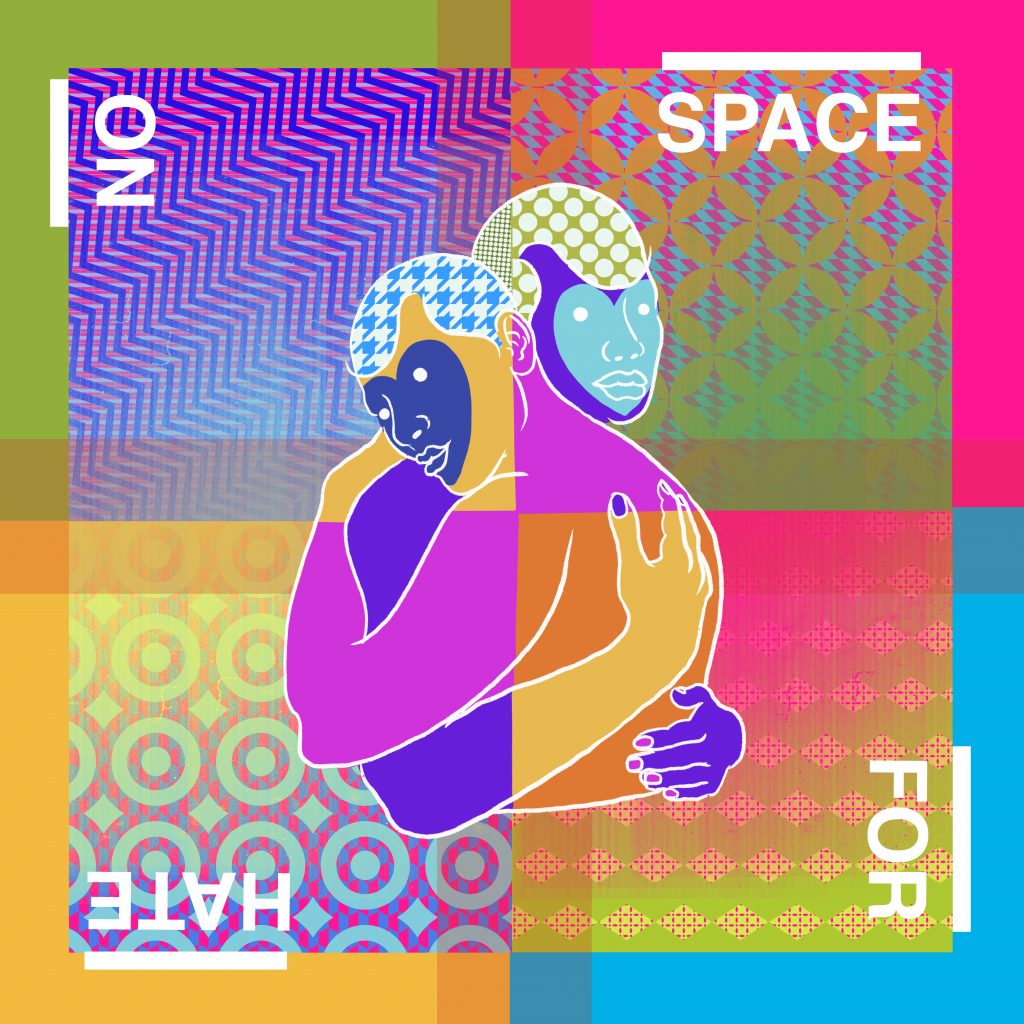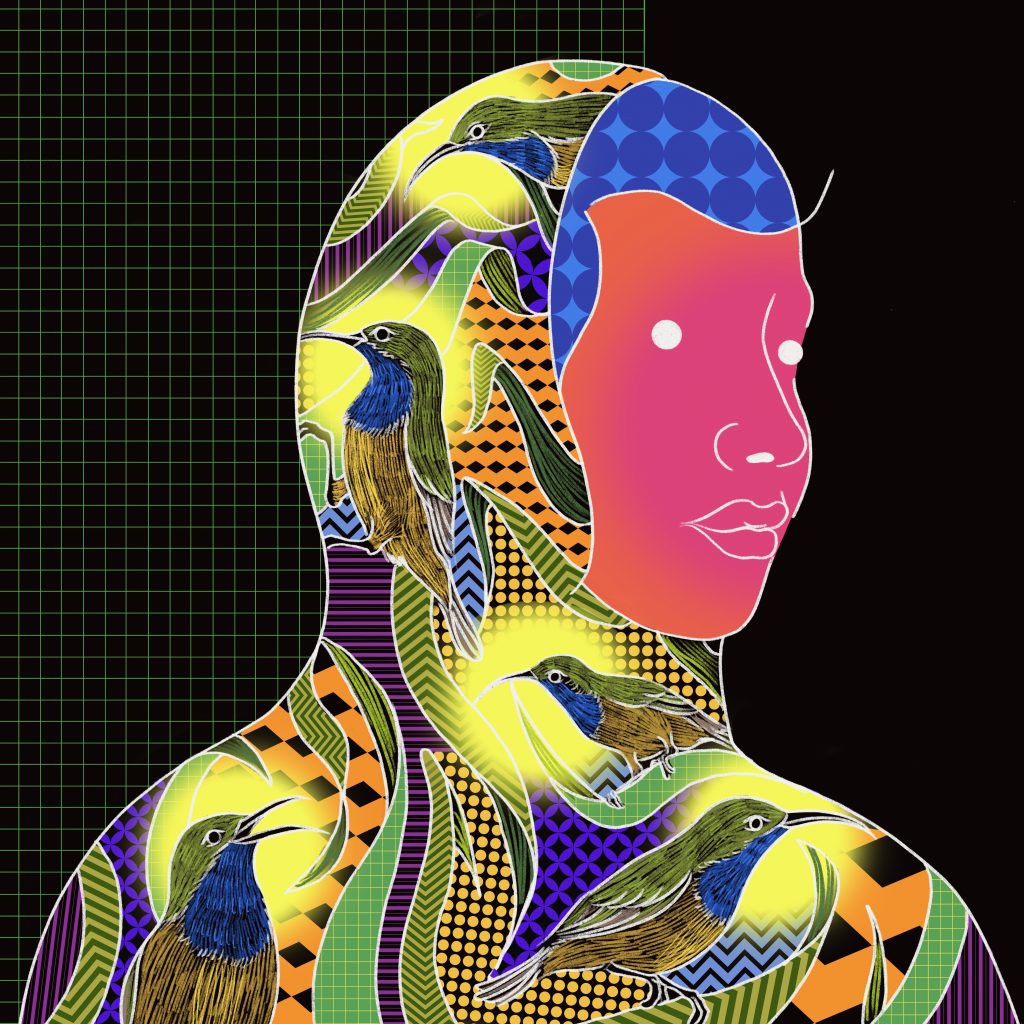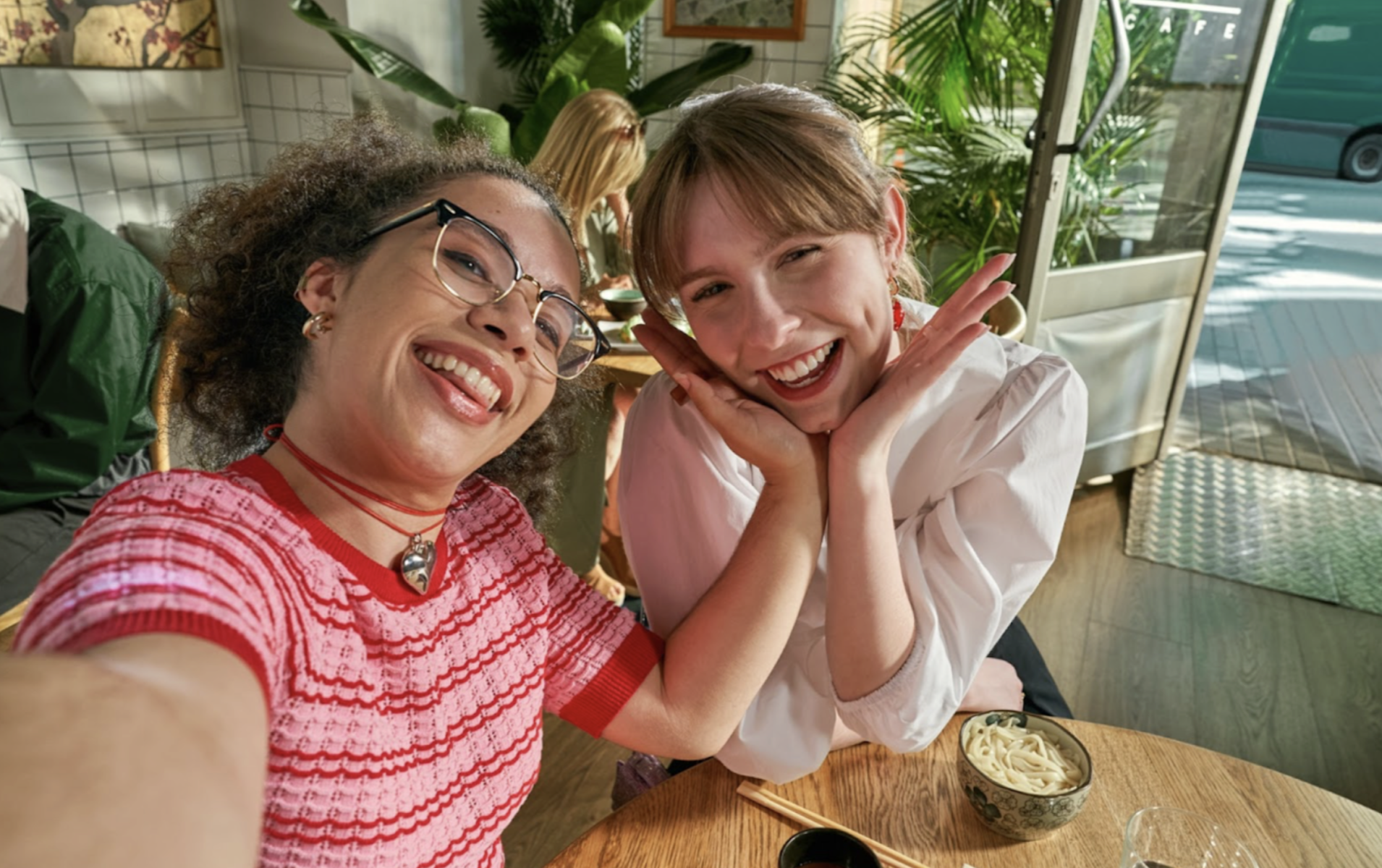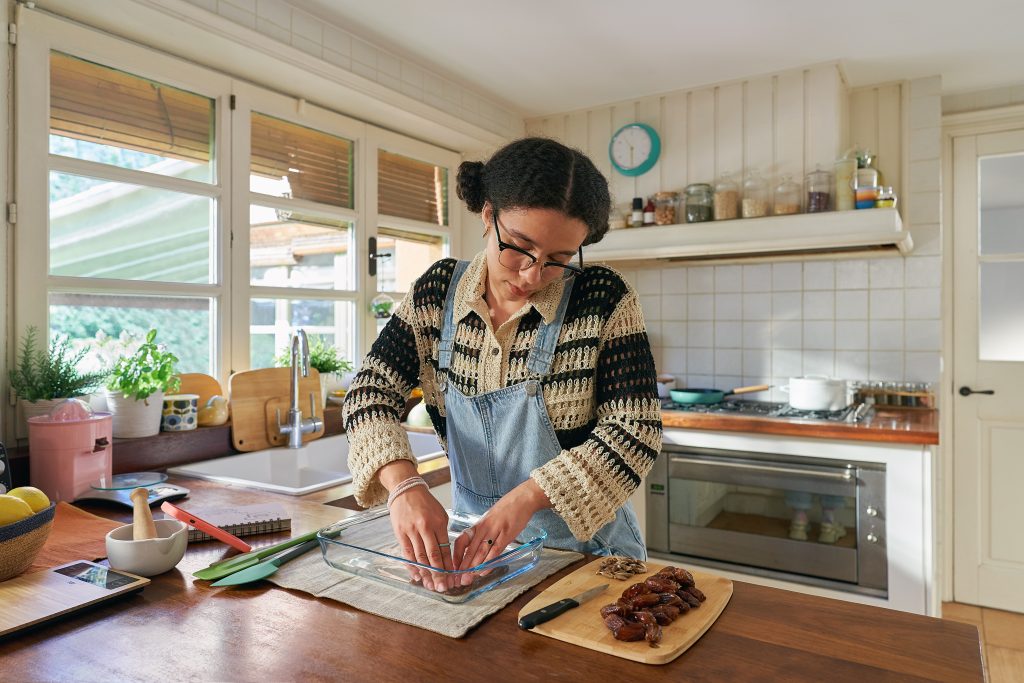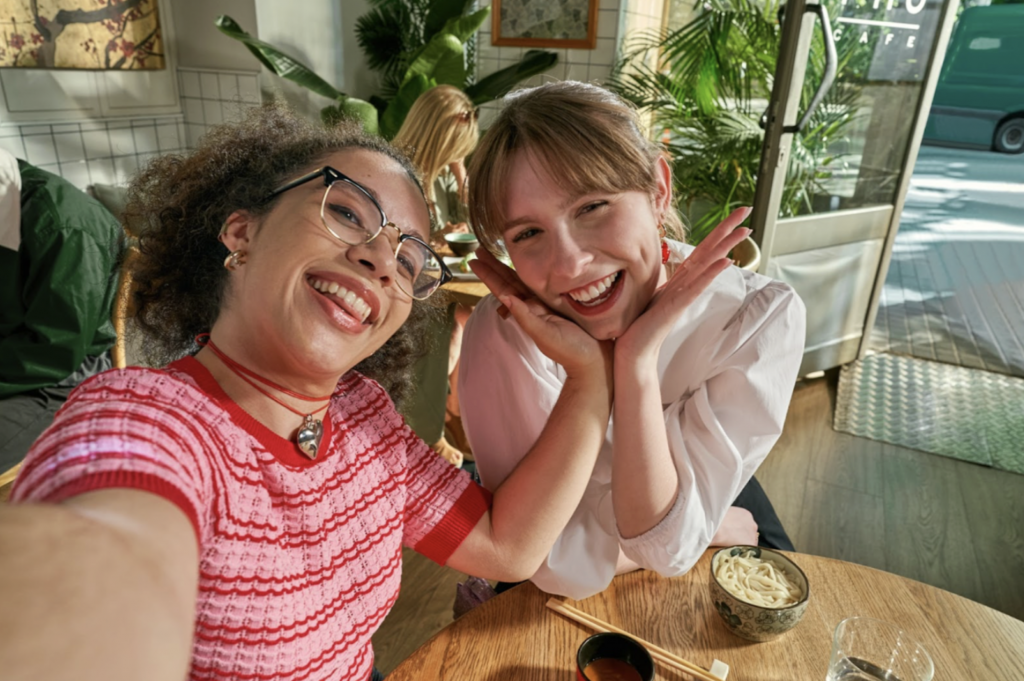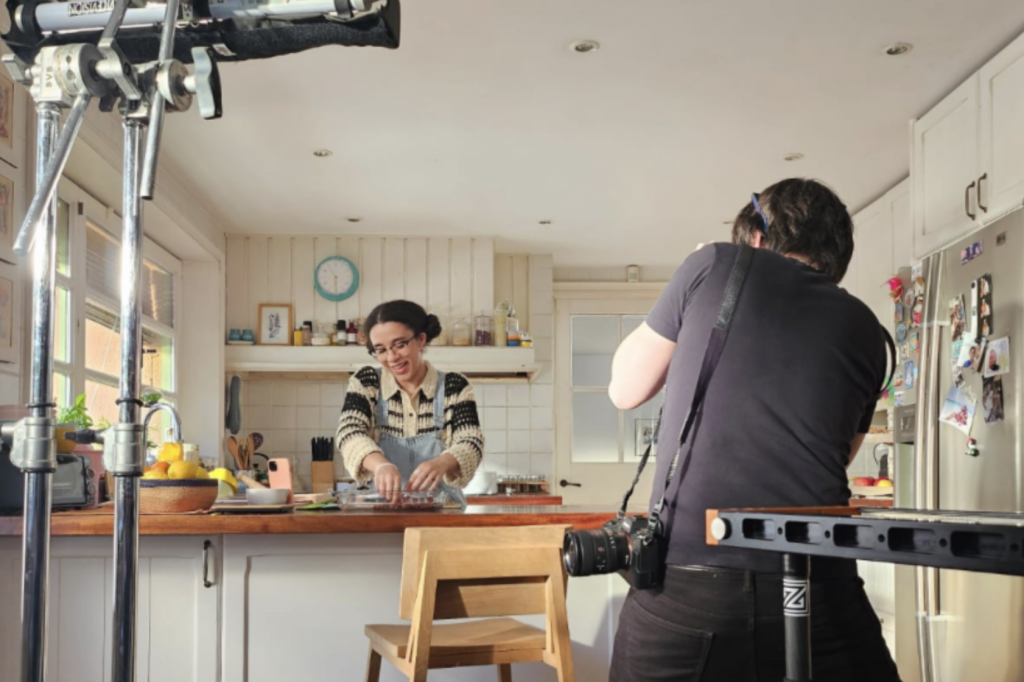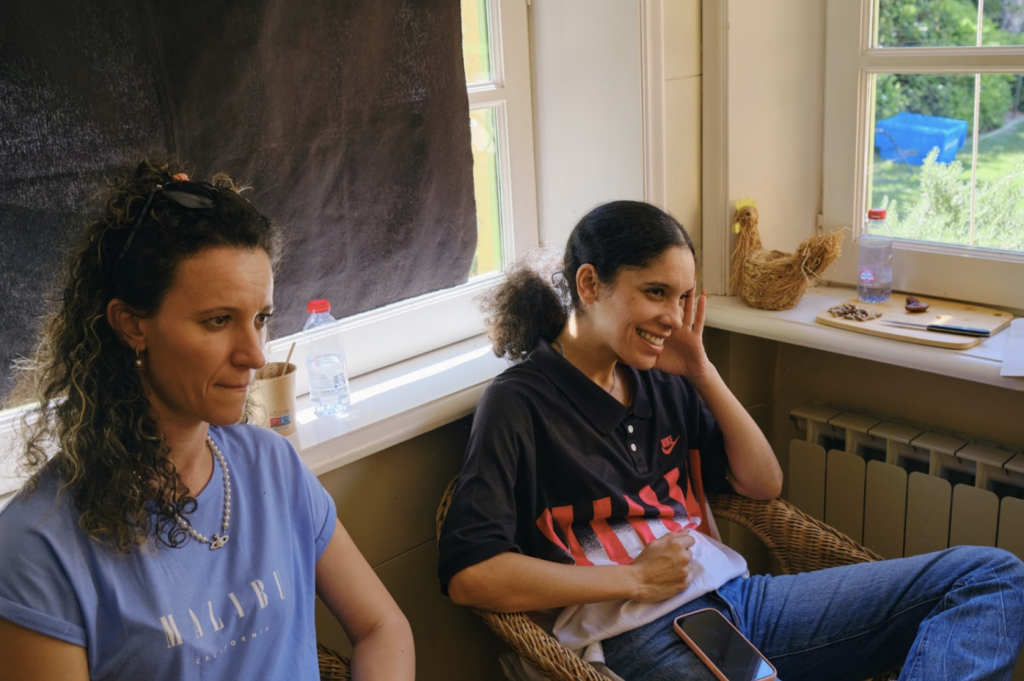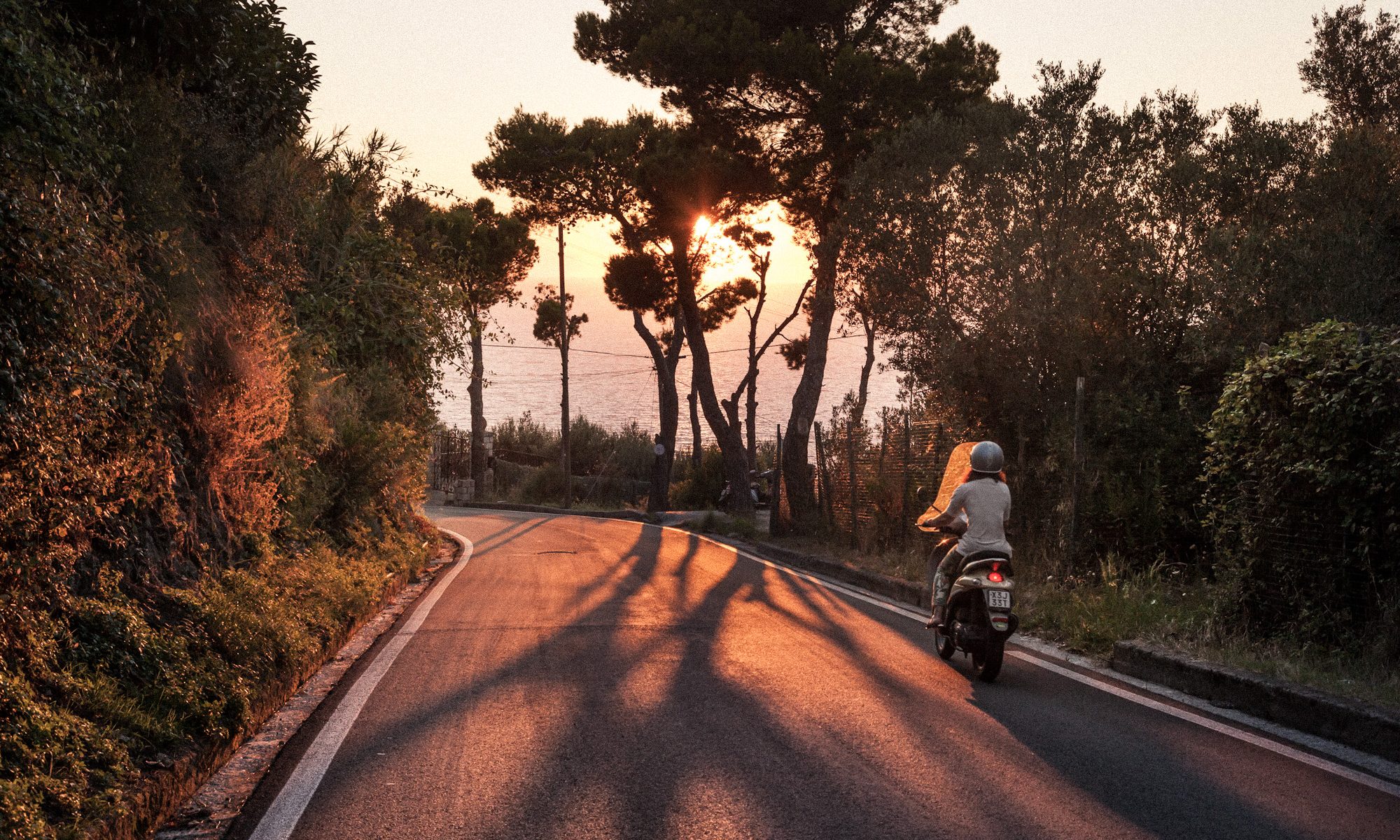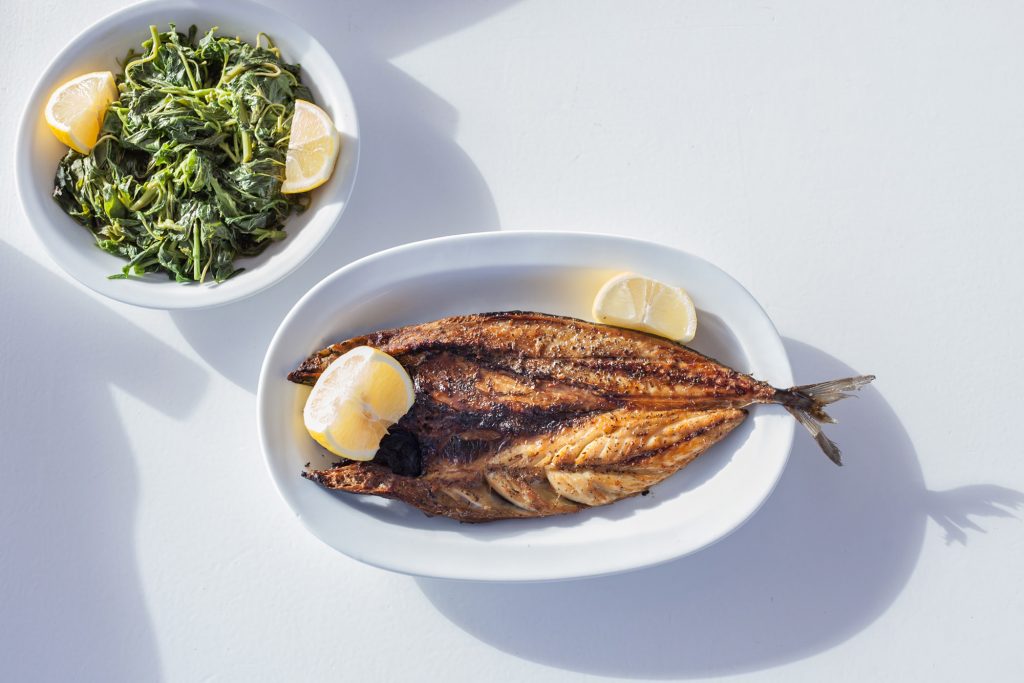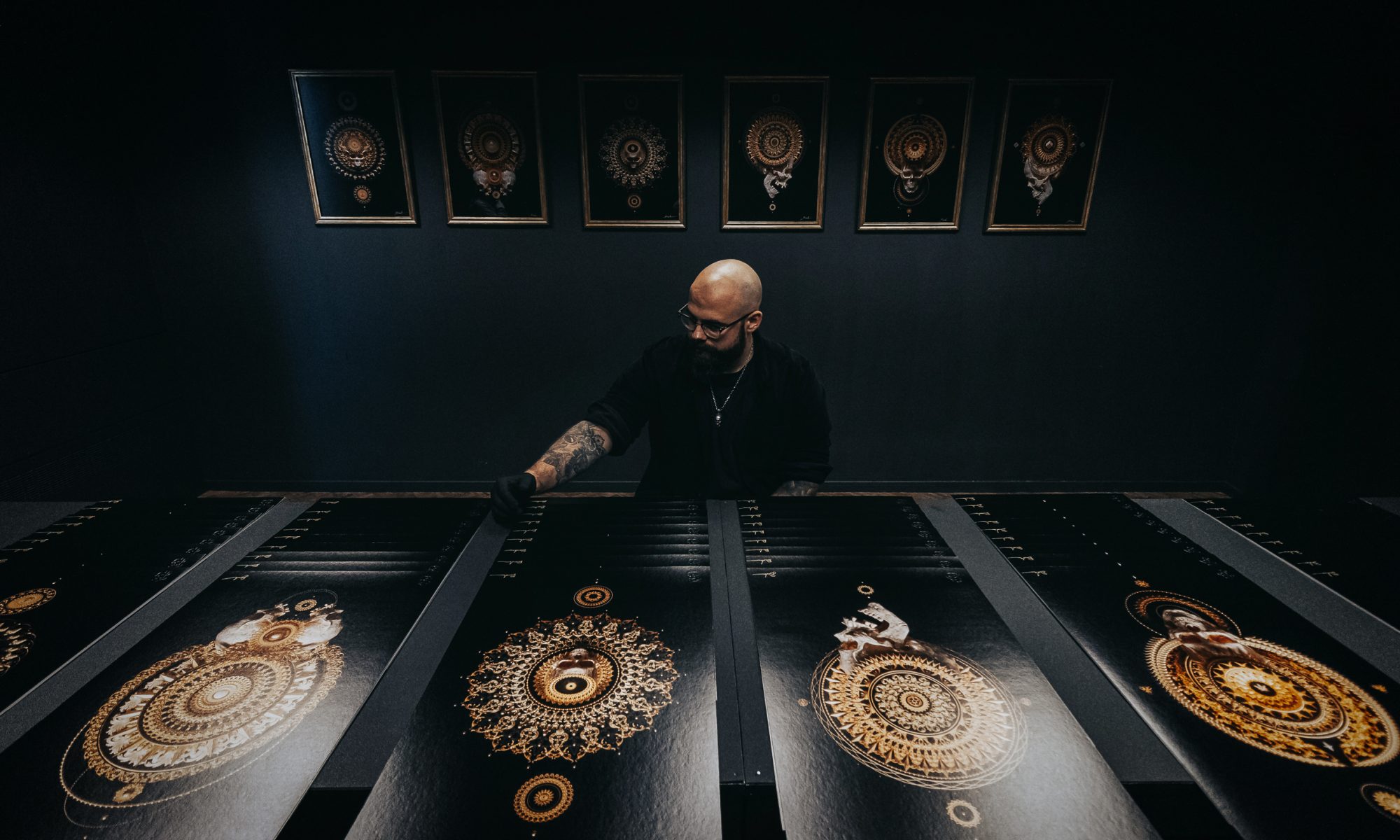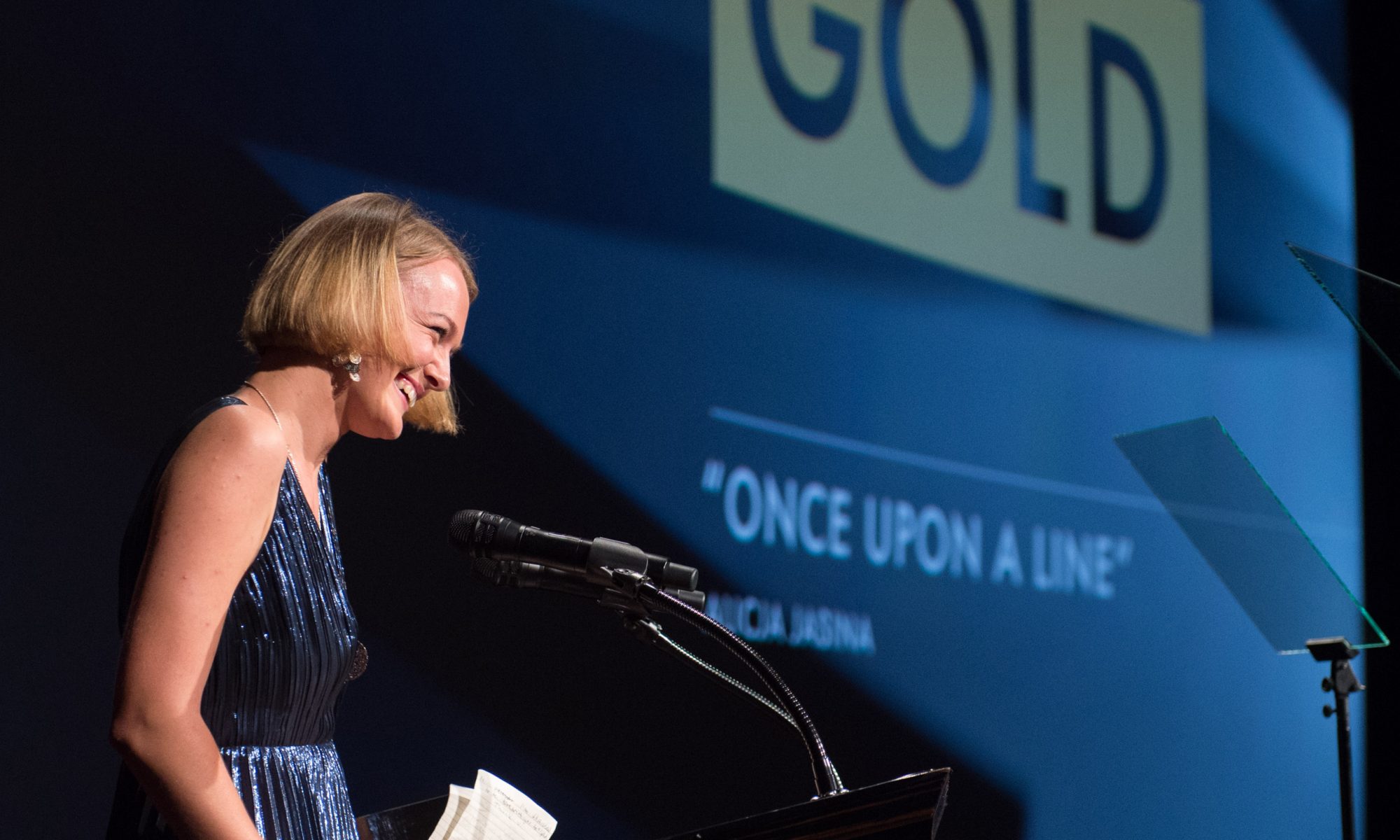NERD Productions continues to grow its impressive photography roster and the latest addition to join is Paul Lovas. From food and drink to still life, Paul’s work feels distinctive and brimming with originality, his strong use of colours and his almost scientific approach to photography comes together to create something special.

NERD Productions latest addition to the team Louis Hudson caught up with Paul to find out more about his approach to photography and what inspires his work. From skating, still life painting and DIY filmmaking we take a look behind the images to better understand the artist.
How did you get into photography in the first place?
In my early youth, my whole world revolved around skating and everything that came with it. I documented it all with a video camera, even rigging a fake fisheye lens by slapping a door viewer on with gaffer tape, DIY style. As I moved on to art school and started digging deeper into visual arts, my focus gradually shifted, and skateboarding faded into the background.
Still life and advertising felt like a natural fit. My great-grandfather was a still-life painter, so I grew up in a house where every wall was covered with his works — or those of other still-life artists. To top it off, my parents ran an advertising agency, which kind of immersed me in the world of visual storytelling without me even realising it.

Could you tell us more about the studio you formed with your friend in university and what you learned from this experience?
SquareOne Studio was actually my second shot at studio photography — the first one fizzled out after a few projects and didn’t even make it to the naming stage. Determined to try again, I started building my own brand, and soon my colleague Toto joined me. We needed a way to promote our shiny new venture, so we dug up an old university project: an outdoor studio where people could get portraits — just not the headshot kind. Instead, we’d splash them with coloured water and capture the chaos. We called it, “We Add Colour to Your Summer.”
The idea took off, and soon we were photographing tons of people across Romania and Spain. It was a wild, creative ride.But as we dug deeper into running the studio, we got in our own way a bit with different opinions and clashing ideas — it was like two chefs fighting over the same pot. Eventually, we decided to part ways, and not long after, I moved to the UK to start a new chapter with my now-fiancée. Toto and I stayed good friends, though. And if skateboarding taught me anything, it’s how to fall, get back up, and trust people along the way — resilience has always been my greatest guide.
You have a vivid and distinct style but how did this take shape and what were your earliest forms of inspiration?
My style didn’t just come out of nowhere; it’s been shaped by a lot of things I’ve been into over the years. Skateboarding culture definitely influenced how I see the world, a lot of different music, from punk to electronic and a lot of Hip Hop and graffiti art. Comic books and video games introduced me to different storytelling techniques and visual styles.
The use of colour by Gustav Klimt has been a huge inspiration. And, of course, like any photographer, I get inspired by other photographers too. There’s inspiration everywhere — from music to art to design to a simple walk in the park. It’s all about pulling from different places and making it my own.
Your work feels meticulous to the point of almost scientific but at the same time feels incredibly inventive and experimental. Could you tell us a little bit more about your creative process and how ideas take shape?
This is a tricky one! It’s hard to pin down how ideas take shape. Inspiration comes from everywhere – what you’ve lived through, the people you’ve met, the movies you watched, your childhood, etc.; all those experiences coming together and influencing your work. It’s not like I wake up and say, “Today I’m going to shoot sandwiches exactly like this…” I think of the creative process more as a journey of constant experimentation. Being a photographer is like problem-solving; you’re always figuring things out along the way.
For example, one of my recent shoots was about sandwiches. The idea came to me while I was hungover, eating a croque madame at a restaurant with my fiancée. I wasn’t super hungry, so I was mostly playing around with the food, and when the yolk burst, I knew I had to shoot that. The more I thought about it, I remembered the Scooby-Doo cartoons from my childhood and thought, “I’ve always wanted a sandwich like the ones Scooby and Shaggy used to eat!” So, I decided to stack multiple sandwiches just like they did in the cartoons.I shared the idea with my friend Dickie from Digital Peaches, we pulled together a team and boom — three different Scooby sandwiches.

Like every good science project it’s all about trial and error and I wondered if you could share some examples of experimentation that lead to you discovering a new technique or something you would use in later projects?
This question brings up a funny story. It was really hot outside and I was shooting for another project, but felt like having an ice-cream, so I went and bought a twister. But when I work I typically can’t sit still, so while I was putting my set together, at some point I needed both hands and stuck the ice-cream on a stand. By the time I got it again it was melting and that instant I just had to shoot it.
It ended up being one of my best pictures, selected by Lurzer’s Archive to print in their 200 Best Digital Artists Worldwide 2023. Of course, I went back and bought a dozen more Twisters to set up the shot properly and experiment to get it right, but it came almost accidentally.

But most times, I have a plan and there’s a lot of trial and error to achieve that. Recently, I did a series of glasses – I really love glasses and I pick them up wherever I can, sometimes they inspire my shoots. I wanted to create a really crisp setup for them and wanted to capture water as well, but it took a few good tries to reach the kind of water waves that made sense. Usually, I go for bold bubbles or splashes, but here I didn’t want to overpower the glasses so I went for more subtle waves which took a while.

Do you find the experimental stage of working a new brief the most exciting part?
Yeah, I’d say this is the best part of my job is figuring out how to make ideas possible.
How do you deal with working on briefs that are less flexible and creative?
This is something I really enjoy too. Even though it’s not entirely my vision, it’s still a fun challenge —there’s always that problem-solving element. Meeting the brief accurately can be tricky and often requires a ton of pre-planning, plus backup plans for the backup plans! Things rarely go exactly to plan on set, so you’ve got to have a few aces up your sleeve. I spend a lot of time prepping, thinking through all the possible scenarios, so when the unexpected happens, I’m ready to adapt and make it work.
It would be an understatement to say your work is refreshing but how do you set yourself personal challenges to always try to create something new and original?
I’ve always gotten bored fast and needed something new to keep me engaged. Not completely new, just something that adds a little spark. I think that’s why I’ve been doing this for so long — every project comes with its own exciting challenges. Even if I’m shooting the same beer twice, for example, I’m always looking for a way to add something fresh.
As you’d expect, there’s a lot of experimental work that never goes beyond my display and I love doing test shoots and experimental projects when I have time. Test shoots are a key part of the process —they’re where I have the freedom to try anything. Sometimes, something unexpected comes up during a test shoot, and later that technique, prop, lighting setup, or even how you block the scene, finds its way into a commercial project.
Test shoots are where you can keep experimenting, tweaking, adding, or taking things away, making a thousand changes until it finally matches the vision in your head. They’re basically a playground for creativity.
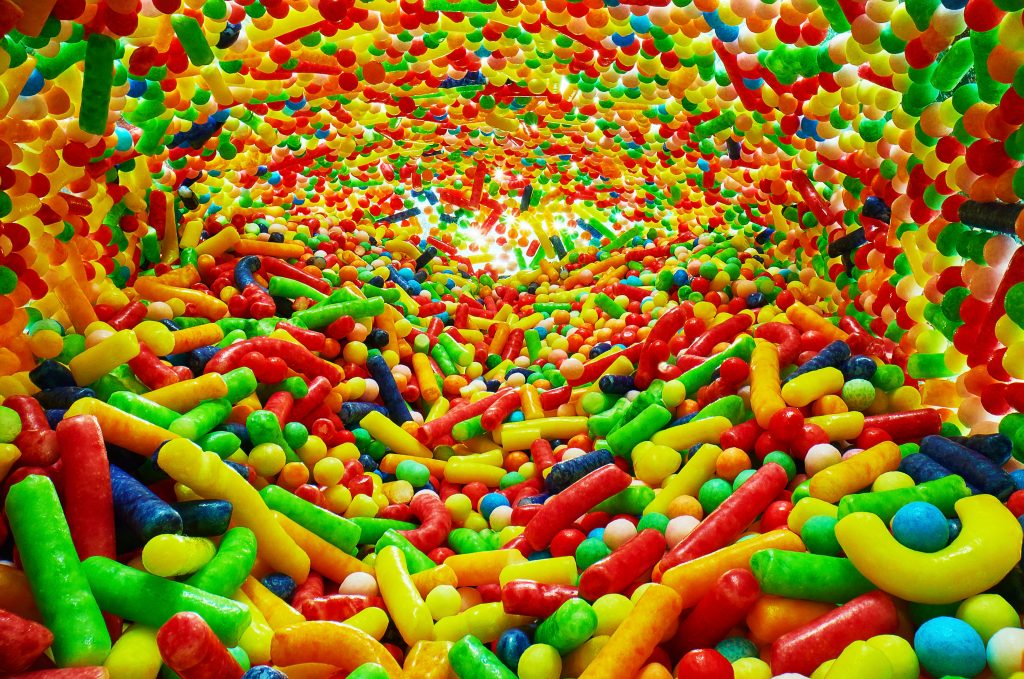
What excites you most about collaborating with NERD?
This one’s an easy answer. I’d been searching for the right home for a while, and meeting Milana and Ira just clicked —it felt like we belonged together. I really connect with NERD’s dynamic style, bold colors, and vivid visuals. There’s a shared energy and creative vibe that makes it feel like the perfect fit.
What would be a dream brief?
I love any dynamic liquids brief — whether it’s beverages, cosmetics, food, or even paint, I’m all in. But there are definitely some cool brands I’d love to work with like Macallan, Cola, a few beer and cosmetics brands. On the drinks side it’s more about what I enjoy myself, but with cosmetics, I really love the creamy look and feel of those liquids – the camera just loves that!

I love shooting products I genuinely like, especially brands with great design. For example, I’d love to shoot for Macallan whisky, especially the “M” edition. I’ve been a fan of the brand since my bartending days, but the M edition bottle is on another level. The design, the shape, and probably the craftsmanship behind it are just exceptional. I’ve never seen one in real life, so fingers crossed I won’t be disappointed! But considering it’s a £5k+ bottle of whisky, I think it’s safe to say it’s pretty special.
Any upcoming projects to look forward to?
I’m wrapping my head around new ideas for mixing AI with studio work — perfecting the technique for different situations. I have a plan to shoot a series of traditional cocktails, but that’s all I’ll say about it for now. Meanwhile I’ve been renovating our living room – I love to go deep into DIY projects outside of my day-to-day work sometimes. They always motivate and inspire me in surprising ways.
“Discovering Paul and delving into his incredibly cool and modern creations was the cherry on the cake for 2024! Meeting him in person was even more delightful as he is as humble and as funny as he is talented. We are thrilled to have him join our diverse roster. He is indeed a perfect fit.” – Milana Karaica, Founder at NERD Productions.
The entire team at the NERD can’t wait to see what mind-bending experiments Paul comes up with next and we can’t wait to share it with you all.




